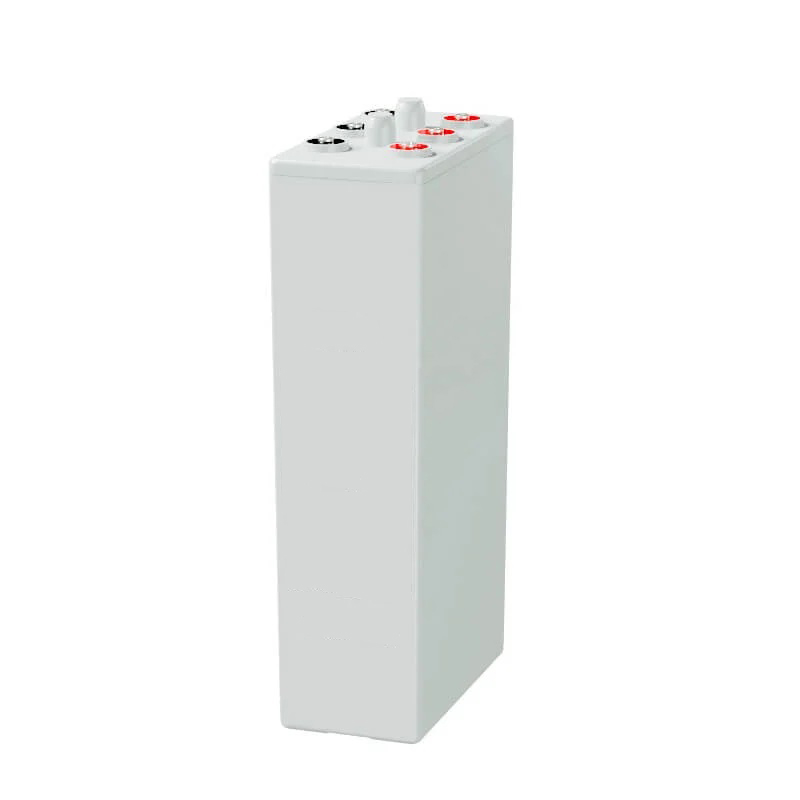The assembly of OPzV lead-acid batteries involves several challenges that must be addressed to ensure high performance and reliability. This article highlights common challenges and their solutions.
1. Challenge: Ensuring Component Quality
- Problem: Variability in the quality of plates, separators, and casings can lead to inconsistent performance.
- Solution: Establish stringent quality control protocols for incoming materials and use certified suppliers.
2. Challenge: Electrolyte Filling
- Problem: Incorrect electrolyte levels can result in poor performance or reduced lifespan.
- Solution: Use automated filling systems with precise calibration to ensure uniform filling.
3. Challenge: Maintaining Polarity
- Problem: Incorrect alignment of plates can cause short circuits or reduced capacity.
- Solution: Incorporate automated alignment systems and conduct polarity checks at each stage of assembly.
4. Challenge: Sealing and Leak Prevention
- Problem: Poor sealing can lead to electrolyte leakage and reduced battery efficiency.
- Solution: Use advanced sealing techniques, such as ultrasonic welding, and perform pressure tests on each unit.
By proactively addressing these challenges, manufacturers can streamline their OPzV battery assembly processes and produce reliable, high-quality batteries.


